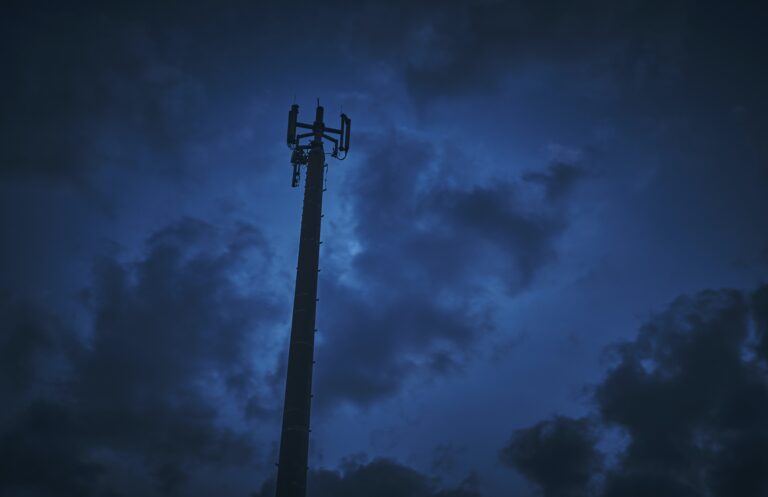In a few months, the time has come: 5G will be officially rolled out. The new generation of mobile internet for faster data traffic.
With the 5G network we get an average download speed of 138.5 Mbps. That’s 2.5 times faster than the 58.7 Mbps we’re experiencing right now. The 5G signal is sent via antennas, in masts and on buildings. This is done on so-called frequency bands. Three of these frequency bands are designated for 5G. Each tire offers its own advantages.
5G frequencies
From low to high: 700 MHz band: This band will mainly be used for mobile communication, both on 4G and 5G. With these frequencies a national network can be set up with which a good signal can also be received in the house. The 700 MHz band will be rolled out in 2020. The 3.5GHz band has been designated by Europe as the most suitable band for 5G because of its good combination of coverage and speed. And finally, the 26GHz band can reach extremely high speeds, but in practice it is only suitable for data traffic over a short distance.
The rule of thumb is: the higher the frequencies, the faster the data traffic. But there are also drawbacks. The signal is ‘weaker’: it has a shorter range and also has difficulty with obstacles, such as buildings. In particular, to be able to use the 3.5GHz and 26GHz bands effectively, more antennas need to be installed. The signals on these bands must be able to travel unimpeded over shorter distances. Unfortunately, if those antennas are placed high in masts they don’t work very well. The signals have difficulty with buildings and other obstacles.
For more information, you can contact us via telephone number 085-0443500 or by mail to info@thingsdata.com.
Need reliable IoT SIM cards? Request our test kit for 3 free SIMs with 100 MB data for 3 months. Experience seamless IoT connectivity today.
Looking for a reliable IoT partner? Download our brochure for instant access to valuable insights about our services and IoT solutions.
